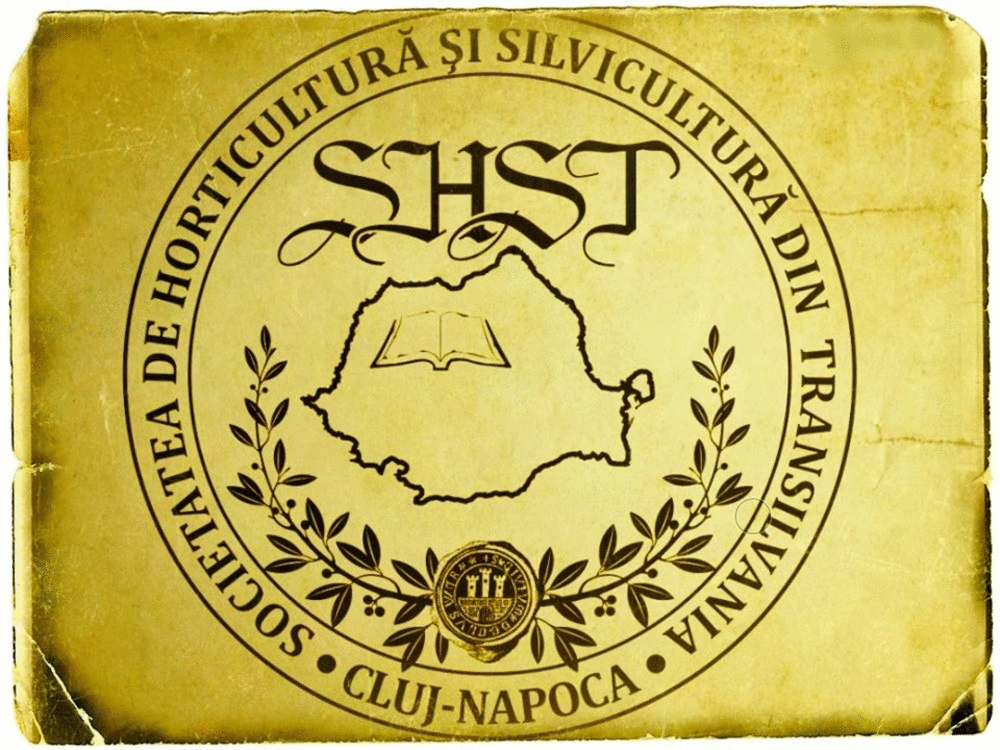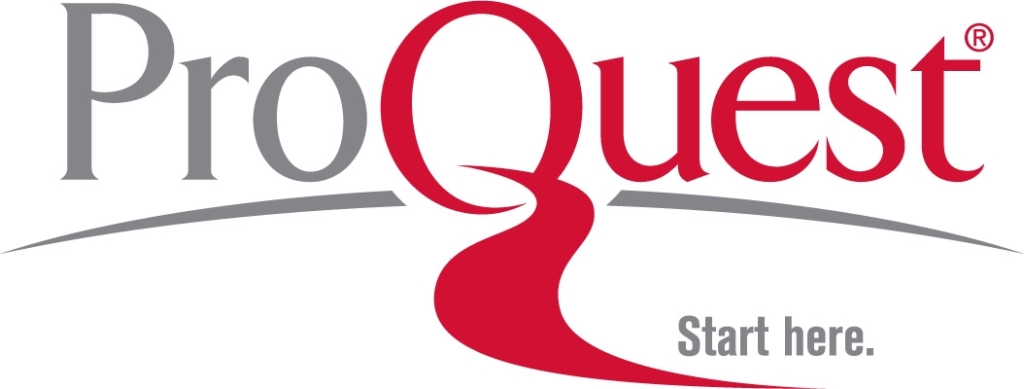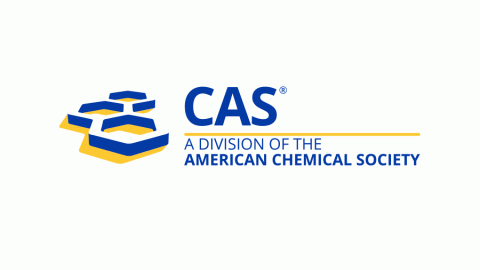Androgenesis Induced in Nicotiana alata and the Effect of Gamma Irradiation
DOI:
https://doi.org/10.15835/nsb719477Keywords:
androgenesis; anther culture; haploid; radiation; tobaccoAbstract
Nicotiana alata anthers cultured on different modified media based on MS, MT and N were used to obtain haploid plants through direct and indirect ways. The haploid plants resulting on MS medium ranged from 52% - 80%, on MT medium ranged from 32% - 52% and on N medium ranged from 28% - 44%. Accordingly, the best medium used for haploid induction was MS supplemented with 0.2 mgl-l NAA + 0.5 mgl-l KIN. On the other hand, MS medium supplemented with 0.4 mgl-l NAA + 0.5 mgl-l KIN or 1.0 mgl-l BAP + 0.5 mgl-l NAA were the best mediums for callus induction and plant regeneration, respectively. Morphologically, the leaf size, stem highest and diameter, flower size and diameter, anther length and number were about 67% of the diploid plants growth. Irradiated anthers with doses of 0, 2.5, 5, 7.5, 10, 15, 20 and 25 Gy caused reducing the number of haploid plants with increasing gamma radiation dose. For the haploid plants irradiated with same doses, the mortality percentage of bud survival was increasing with increasing gamma radiation dose. The irradiated callus with doses of 0, 5, 10, 15 and 20 Gy was affected negatively on growth rate and morphology. Proline content in irradiated plantlets increased with increasing gamma radiation dose. As well, total soluble protein content was increased with gamma irradiation up to 10 Gy. However, the higher doses caused a severe decrease of total soluble proteins. The production of proline and total soluble proteins in haploid plants were 48.6% and 69.5%, respectively comparing with diploid plants.
Metrics
Downloads
Published
How to Cite
Issue
Section
License
Papers published in Notulae Scientia Biologicae are Open-Access, distributed under the terms and conditions of the Creative Commons Attribution License.
© Articles by the authors; licensee SMTCT, Cluj-Napoca, Romania. The journal allows the author(s) to hold the copyright/to retain publishing rights without restriction.
License:
Open Access Journal - the journal offers free, immediate, and unrestricted access to peer-reviewed research and scholarly work, due SMTCT supports to increase the visibility, accessibility and reputation of the researchers, regardless of geography and their budgets. Users are allowed to read, download, copy, distribute, print, search, or link to the full texts of the articles, or use them for any other lawful purpose, without asking prior permission from the publisher or the author.













.png)















